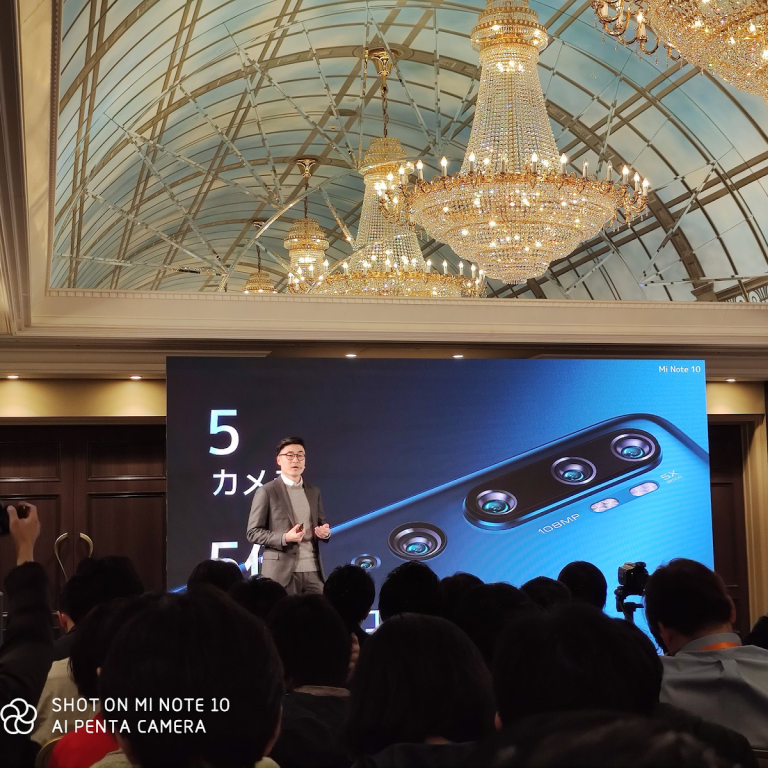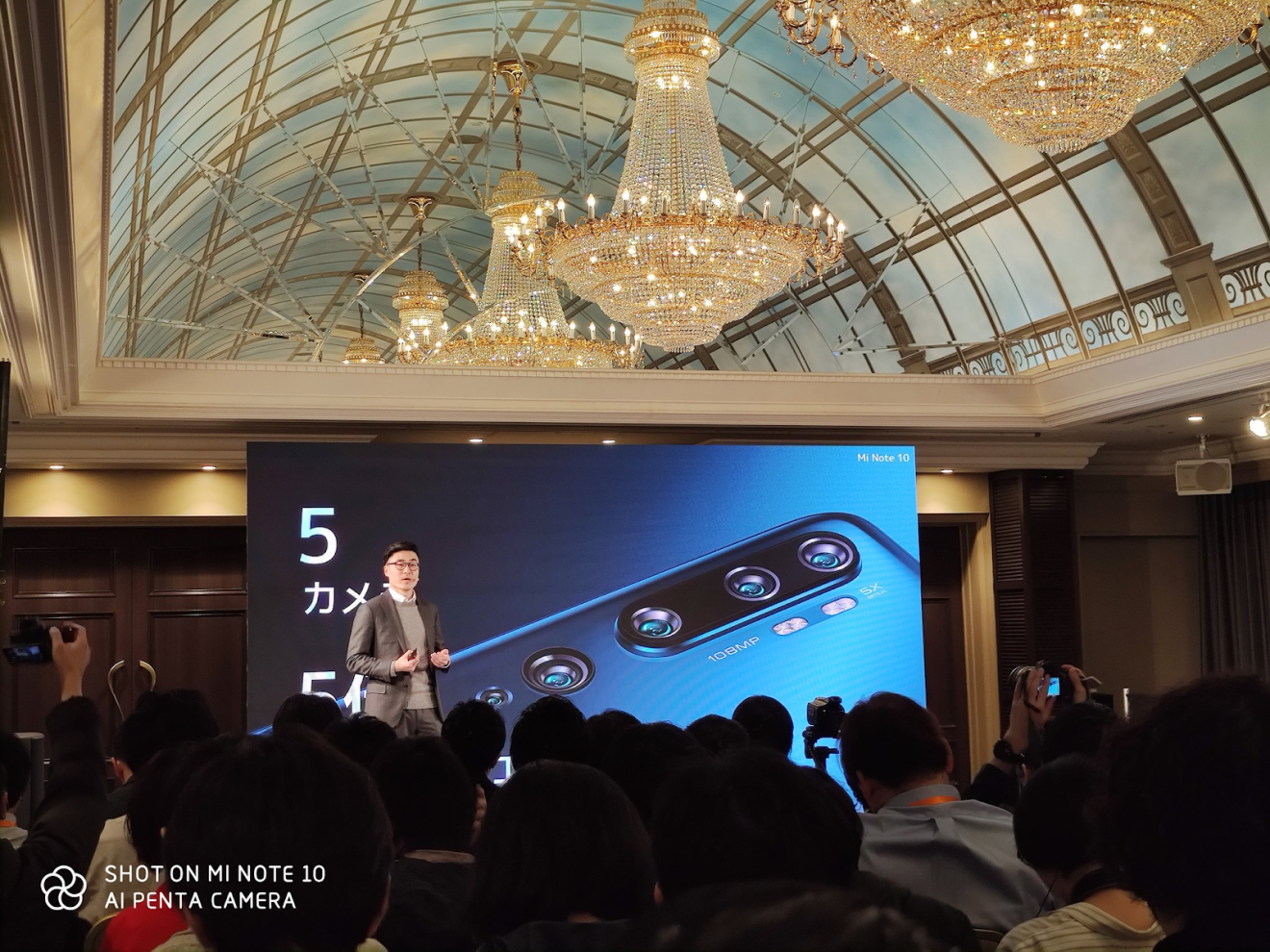
Japan hasn’t warmed up to Chinese phones, but can Xiaomi change that?
Huawei lost momentum in Japan because of the US-China trade war, and now Xiaomi is giving it a try
Japanese smartphone users are notoriously loyal to domestic brands, but that isn’t stopping Xiaomi from throwing its hat in the ring. The Chinese gadget maker officially launched in Japan on Monday, opening another beachhead in its aggressive global push.

Instead, Japanese consumers love Apple, which holds an astounding 45% of the market, according to shipments from last quarter. It’s trailed by domestic brands Sharp, Fujitsu and Kyocera, with South Korea’s Samsung wrapping up the top five.
Chinese brands suffer from a lack of recognition in Japan, Tokyo-based IDC analyst Akira Sugawara said. Apple products such as the iPad and MacBook have become household names, and Samsung has built a reputation around its LCD and OLED screens found in phones and TVs. But big brands that have grown rapidly in China like Oppo and Vivo are relatively unfamiliar to Japanese consumers.

Japan isn’t always no-go territory for Chinese brands, though. Last year, Huawei’s market share was close to the top five, Sugawara said. But ever since the Trump administration blacklisted the company in May, the Chinese tech giant has been “losing its share drastically.”
Huawei’s sudden reversal of fortune could be an opportunity for other Chinese brands. Oppo’s market share in Japan is still very small, but it looks like it’s trying to fill Huawei’s gap, Sugawara said. And Xiaomi could be looking to do the same.
Does anyone care about concept phones like Xiaomi’s all-screen MIX Alpha?
With its new entry into Japan, Xiaomi is focusing on more than just phones.
Sugawara believes the key for Xiaomi will be cozying up with mobile carriers -- something the company said it’s working on.
“The launch of 5G service may be an opportunity for Chinese vendors if they can establish a partnership with major Japanese carriers,” Sugawara said.
For more insights into China tech, sign up for our tech newsletters, subscribe to our award-winning Inside China Tech podcast, and download the comprehensive 2019 China Internet Report. Also roam China Tech City, an award-winning interactive digital map at our sister site Abacus.

